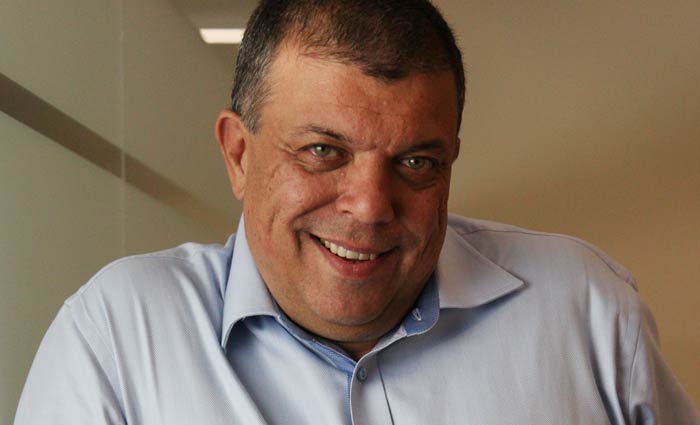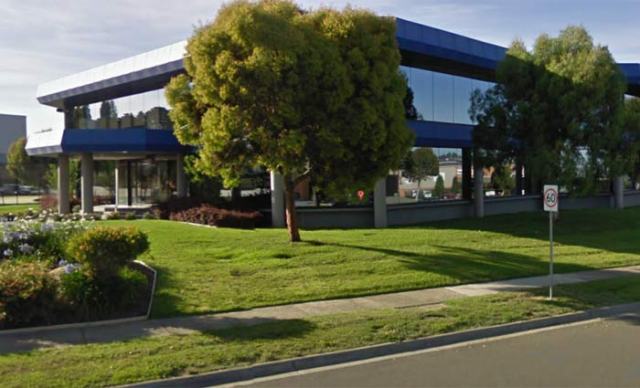
Paperlinx is finally showing signs of life, reporting big profit gains and historically low debt levels after a strong second half as massive restructuring efforts bear fruit.
Chief executive Andrew Price says things are beginning to turn around after “years of neglect” with 31 per cent lower losses than last year at $63.6m compared to $92.8m last year. The losses are 42 per cent better at $53.9 per cent in constant currency terms.
The giant paper seller with operations in three continents, and whose Australian subsidiary Spicers is the second biggest paper merchant in the country, also posted an underlying EBIT loss of $7m, far better than last year’s $24.2m, and was actually in the black during the second half of the year at $2.6m.
[Related: The ups and downs of Paperlinx]
Revenue ticked up by two per cent to $2.83bn but was down 9.5 per cent in constant currency, and Price says while sales volume is down, selling at higher prices and focusing on higher margin products is improving the bottom line.
“We are walking away from business that doesn’t make sense. There seem to be plenty of others who want to take our place as we exit low-margin and unprofitable areas and they are welcome to it,” he says.
Price attributes the comparatively strong second half to the massive restructuring program taking effect, on which the company spent $34.4m this year and $26.5m last year, and a weak first quarter in Europe.
“European sales are a disaster in July and August, it’s summer so none one is around,” he says.
This along with streamlining operations helped to reduce debt by 24 per cent to $93.7m – a historic low for the company.
Price says he is comfortable with the level of debt and would even be happy with it being a little higher, giving Paperlinx space to make more investments.
He says even when times were good for the company many years ago it had higher debt levels because of overcapitalisation and numerous acquisitions.
The biggest gains were made in Europe which reduced its EBIT losses by 44 per cent to $23.6m and increased sales slightly.
Revenue for the Australia, New Zealand and Asia market – which propped up losses in Europe in the half-year results – eased one per cent as the commercial print industry contracts, but EBIT increased 21 per cent to $15.3m.
Price says demand in South East Asian markets like Singapore and Malaysia is starting to fall this year in the same way Australia has been for some time, but its new China operation is promising.
“The decline in volume is quite significant and most of what is left is the low volume stuff,” he says.
“However, a lot of it is because operations in these countries are shifting to China and that makes the potential of our business there very, very good.
“It is a tough market to break into, but I think it can make us a lot of money. I think we can succeed in both markets, it’s just a matter of building South East Asia back up again.”
[Related: More paper news]
Paperlinx is also aggressively pursuing diversification away from commercial print, focusing on growing markets like packaging materials and pre-made cartons, boxes, trays, and sign and display, which now make up about 9.4 per cent of total sales,
It is even selling wide format and screen printing and finishing machines from a variety of brands, along with the consumables, software and accessories to go with them – now accounting for 11.3 per cent of sales, buoyed by growth in outdoor advertising.
Price says the positive results for the company this year shows “the medicine is working”.
“We can see the results of our work to fix the Paperlinx business and improve the balance sheet, so know we are doing the right thing,” he says.
“It is hard to say if we will spend as much as this year on further restructuring, it depends where the market goes and we want to keep our cost base and product mix right.”
The restructuring has come at a cost, however, with hundreds of jobs cut, mostly in Europe, to slim the business down and reduce duplication. Staff number now sit at 3459 – down 14 per cent from last year.
“We had a lot of things in the business that we didn’t need and streamlining it has helped improve our financial position,” Price says.
Price believes momentum from 2014 will continue into next year and says the company will continue along this path with the goal of becoming profitable soon.
“I would hope the good work we have done will continue to bear fruit,” he says.
[Related: More financial reports coverage]
Comment below to have your say on this story.
If you have a news story or tip-off, get in touch at editorial@sprinter.com.au.
Sign up to the Sprinter newsletter


